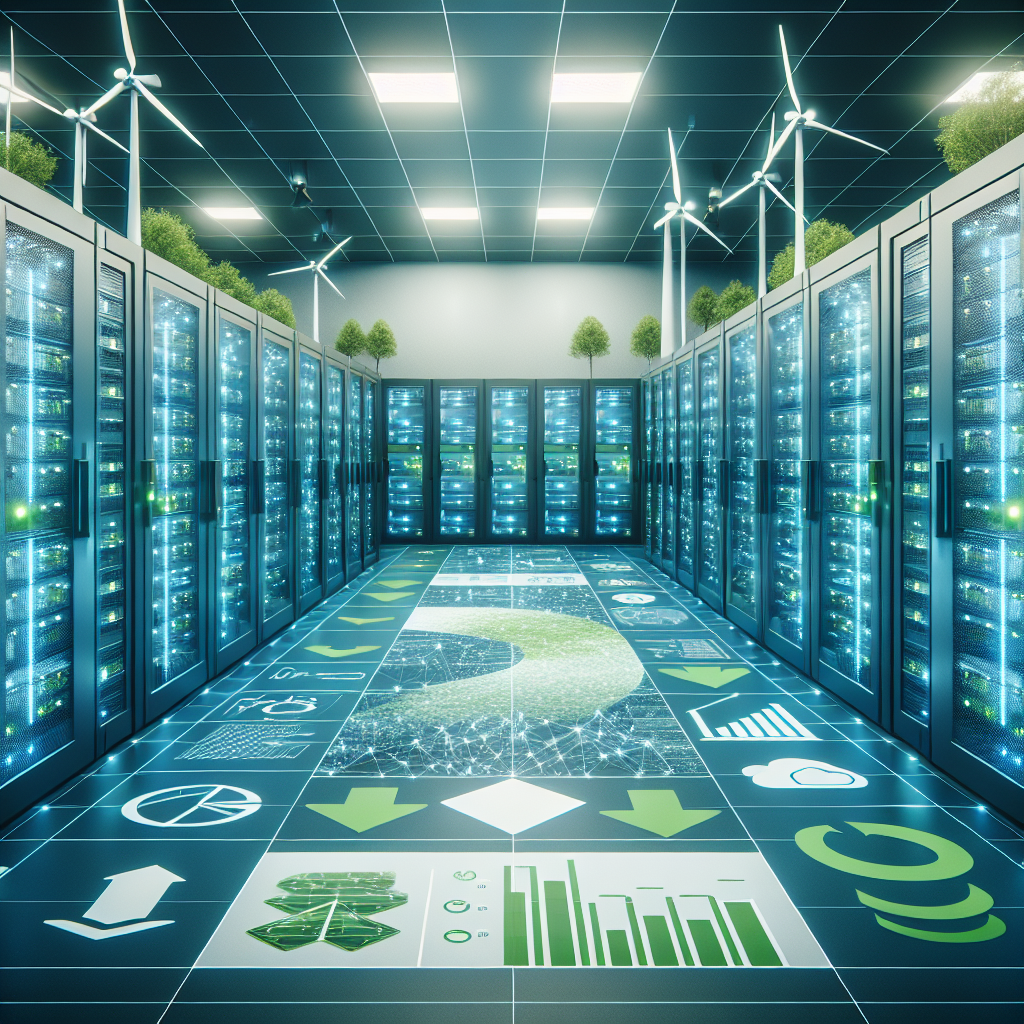Data centers play a crucial role in today’s digital world, serving as the backbone for storing, processing, and managing vast amounts of data. However, the energy consumption of these facilities is a growing concern due to the increasing demand for data storage and processing power. In fact, data centers are estimated to consume about 2% of the world’s electricity, and this number is expected to rise as data usage continues to grow.
To address this issue, data center operators are turning to energy efficiency measures to reduce costs and minimize their environmental impact. By implementing these tips, data centers can not only save money on energy bills but also contribute to a more sustainable future.
1. Virtualization: Virtualization technology allows multiple virtual servers to run on a single physical server, maximizing its utilization and reducing the overall energy consumption of the data center. By consolidating servers, data centers can reduce their energy footprint and save on cooling costs.
2. Energy-efficient hardware: Investing in energy-efficient servers, storage devices, and networking equipment can significantly reduce energy consumption in data centers. Look for products with high Energy Star ratings and energy-efficient features to minimize power usage.
3. Temperature and airflow optimization: Properly managing the temperature and airflow in the data center is crucial for optimizing energy efficiency. Implementing hot and cold aisle containment, using efficient cooling systems, and monitoring temperature levels can help reduce cooling costs and improve overall energy efficiency.
4. Power management: Implementing power management tools and technologies can help data centers optimize power usage and reduce energy waste. Utilize power management software to monitor and control power consumption, and consider implementing energy-saving features such as power capping and dynamic voltage and frequency scaling.
5. Renewable energy sources: Consider investing in renewable energy sources such as solar or wind power to reduce the environmental impact of data center operations. By generating clean energy on-site or purchasing renewable energy credits, data centers can reduce their carbon footprint and contribute to a more sustainable energy future.
6. Energy monitoring and reporting: Regularly monitoring energy usage and tracking key performance indicators can help data centers identify areas for improvement and track progress towards energy efficiency goals. Implement energy management systems to collect and analyze data on energy consumption, and use this information to make informed decisions on energy-saving initiatives.
By implementing these tips for reducing costs and environmental impact, data centers can improve their energy efficiency, save money on operating costs, and contribute to a more sustainable future. With the growing demand for data storage and processing power, it is essential for data centers to prioritize energy efficiency measures to minimize their environmental footprint and support a more sustainable digital infrastructure.


Leave a Reply